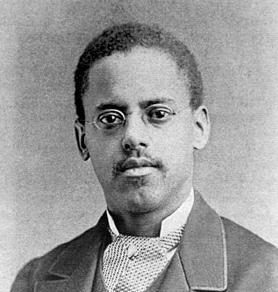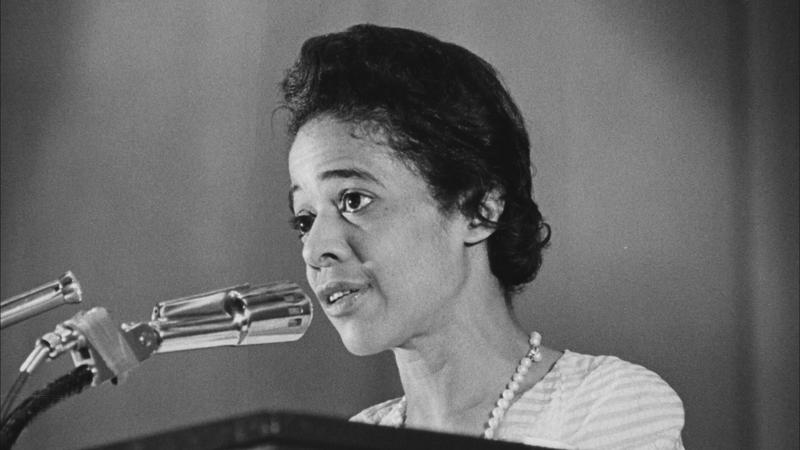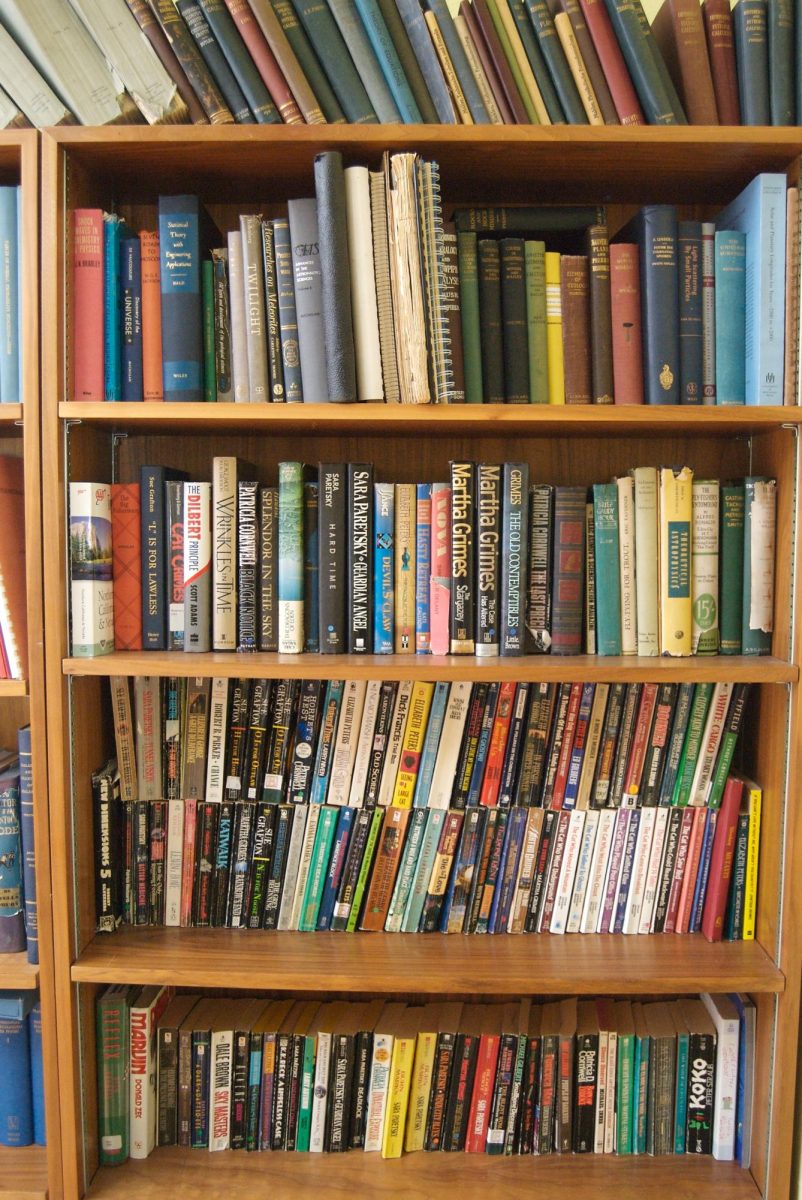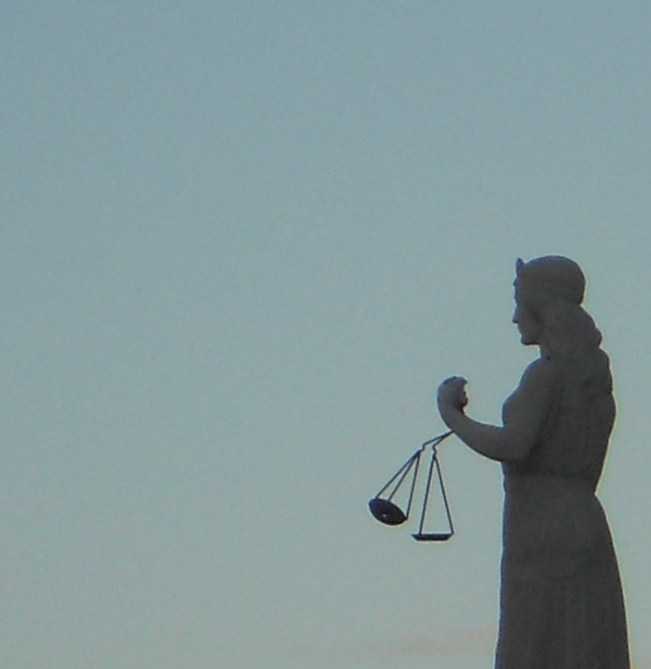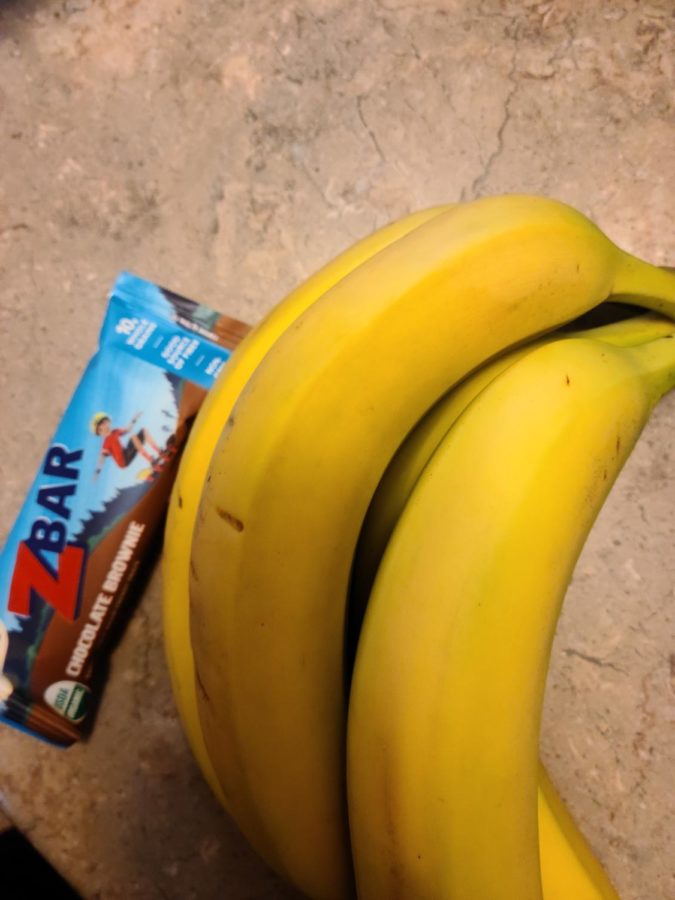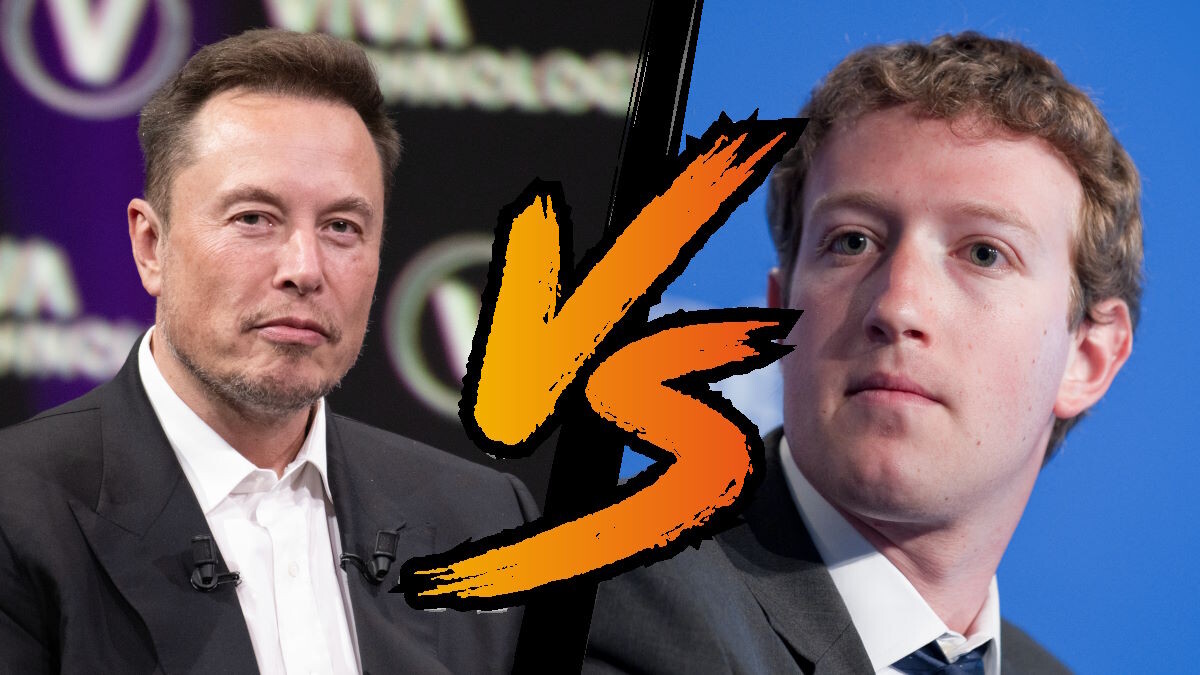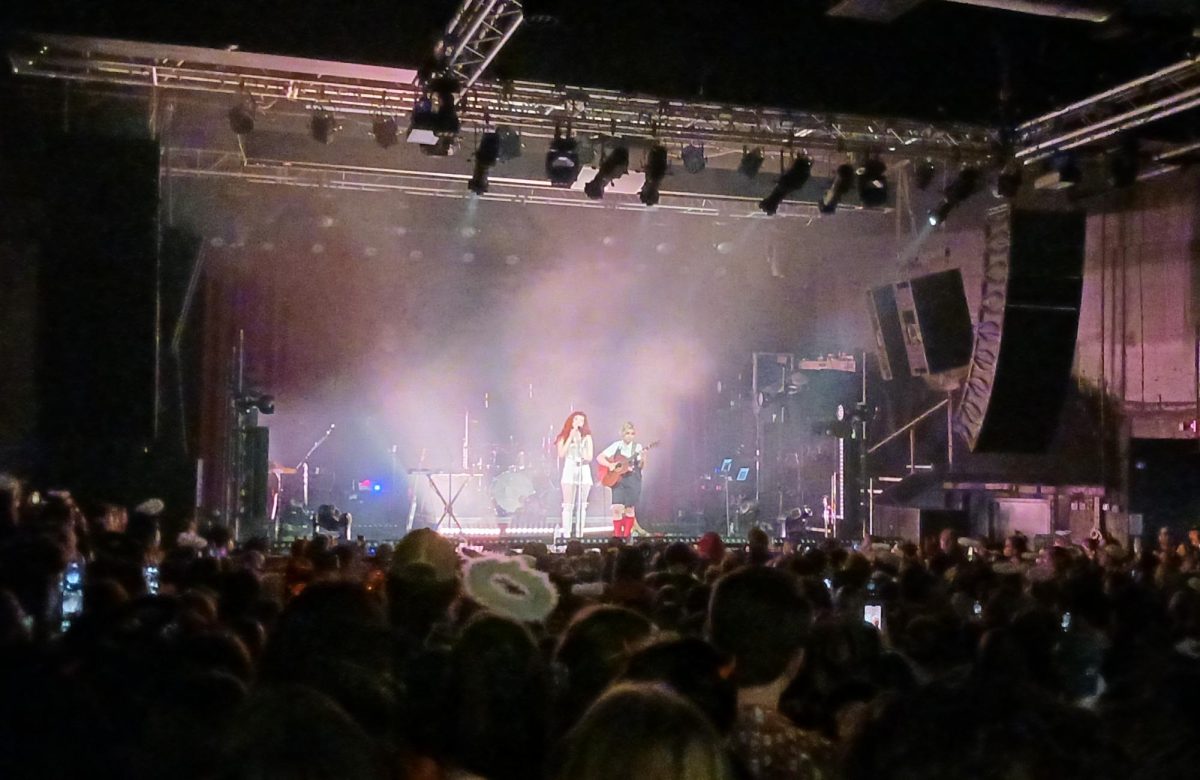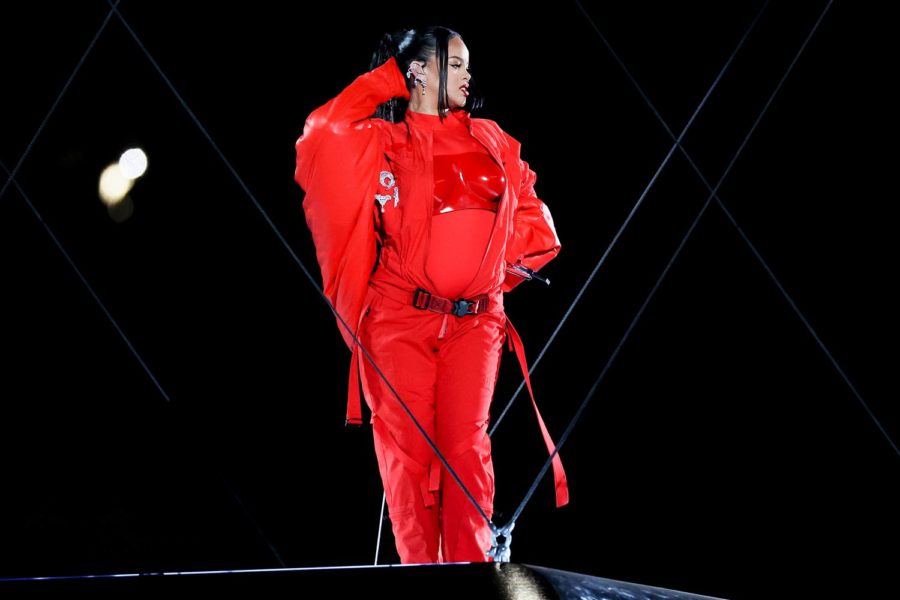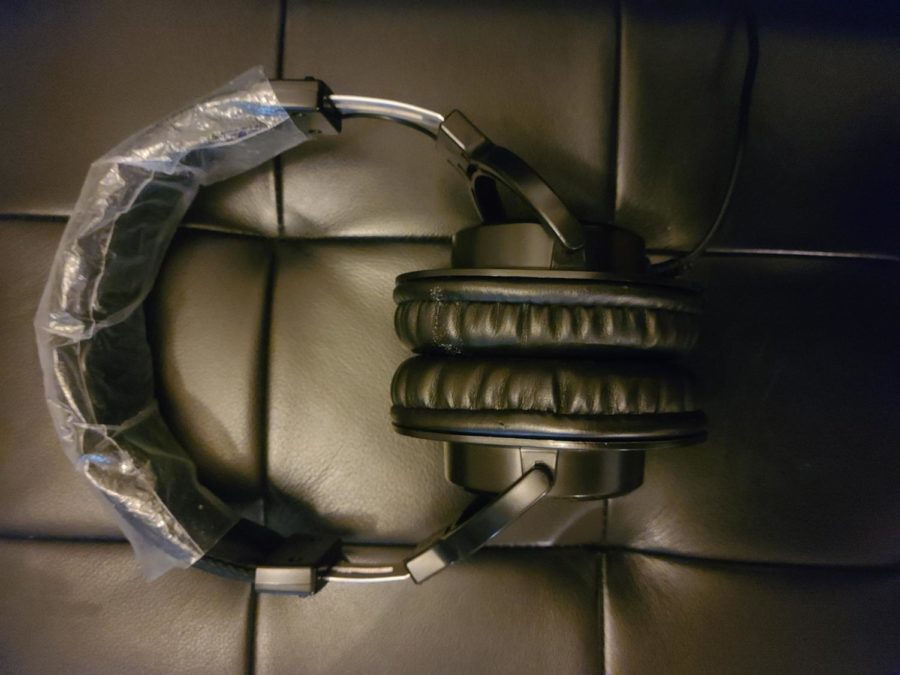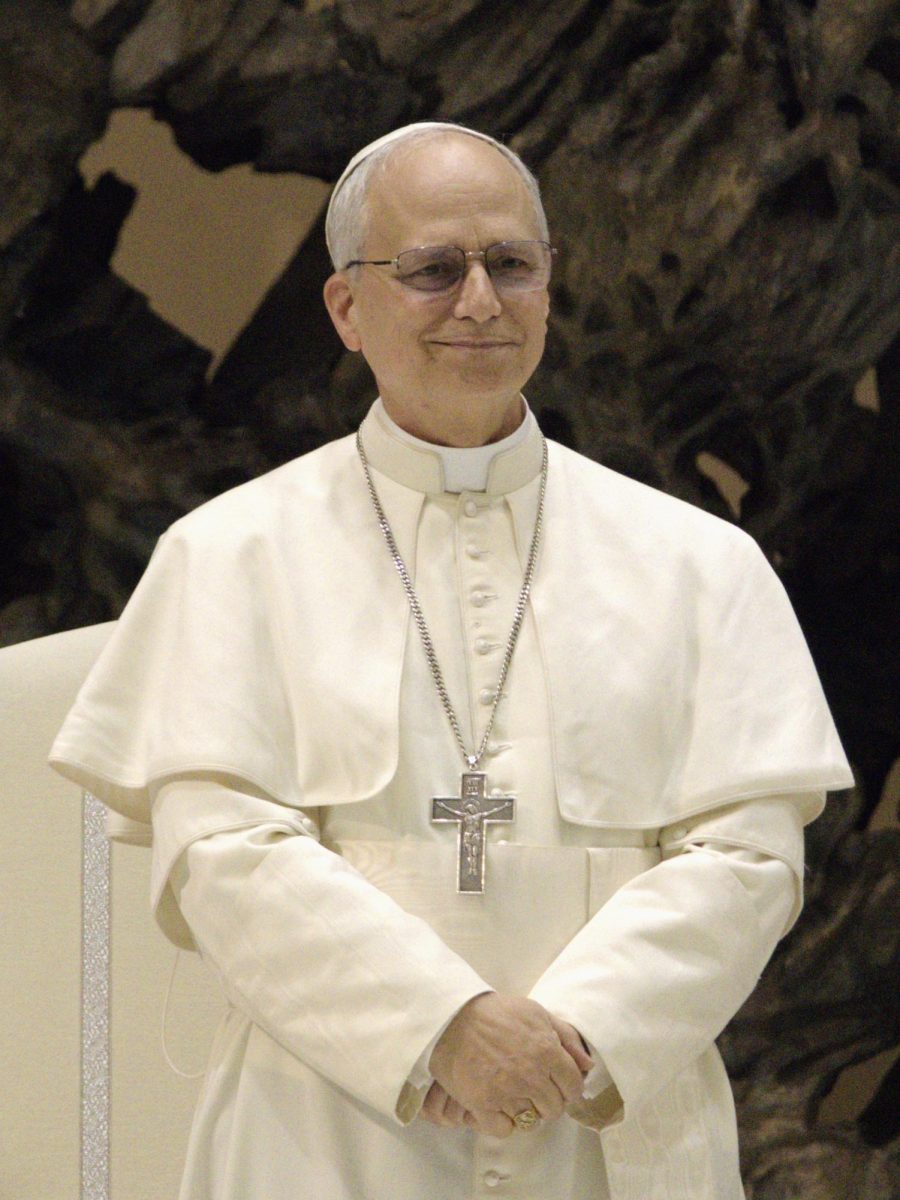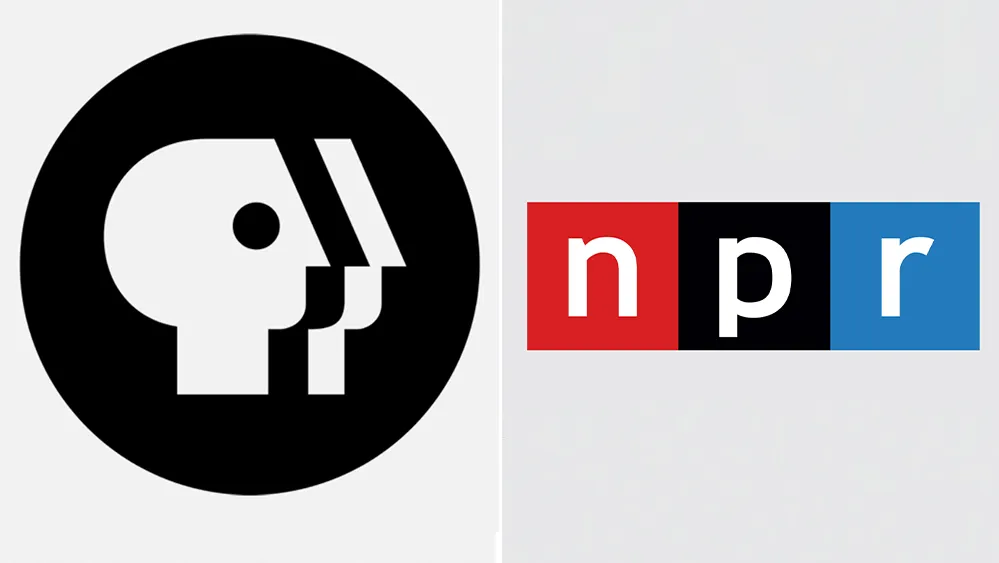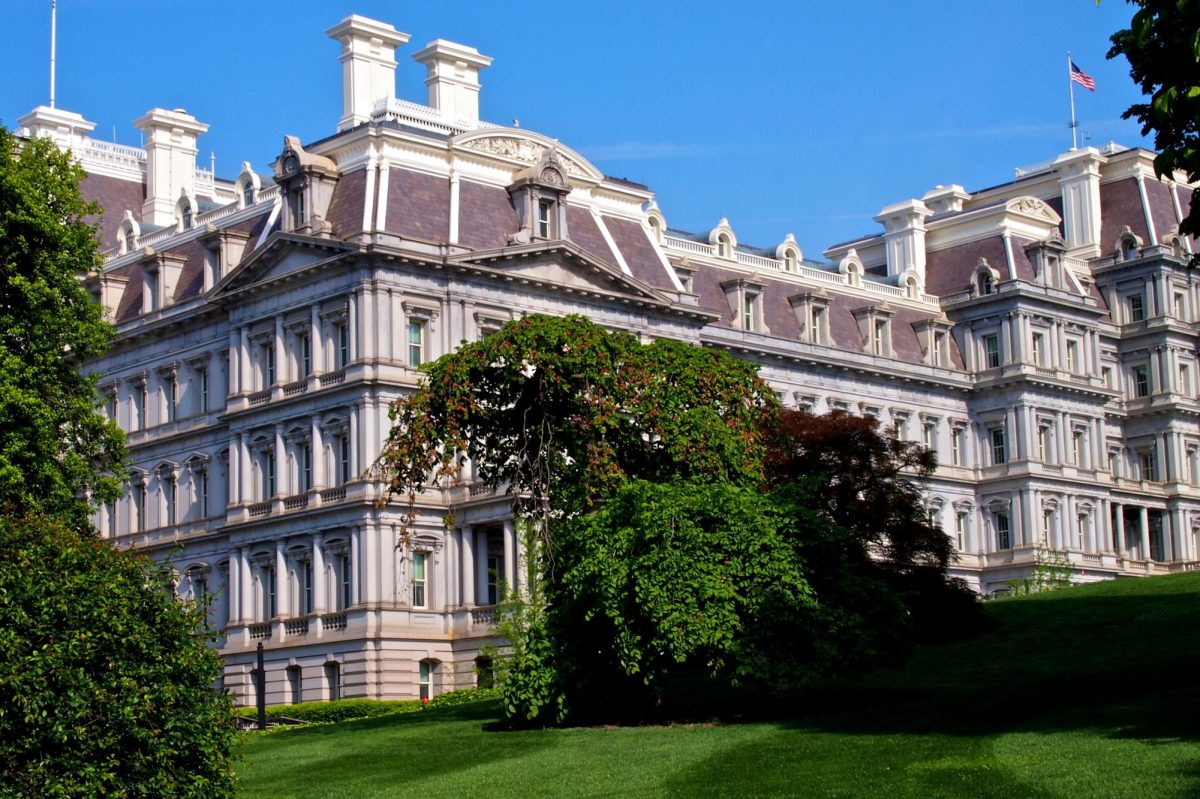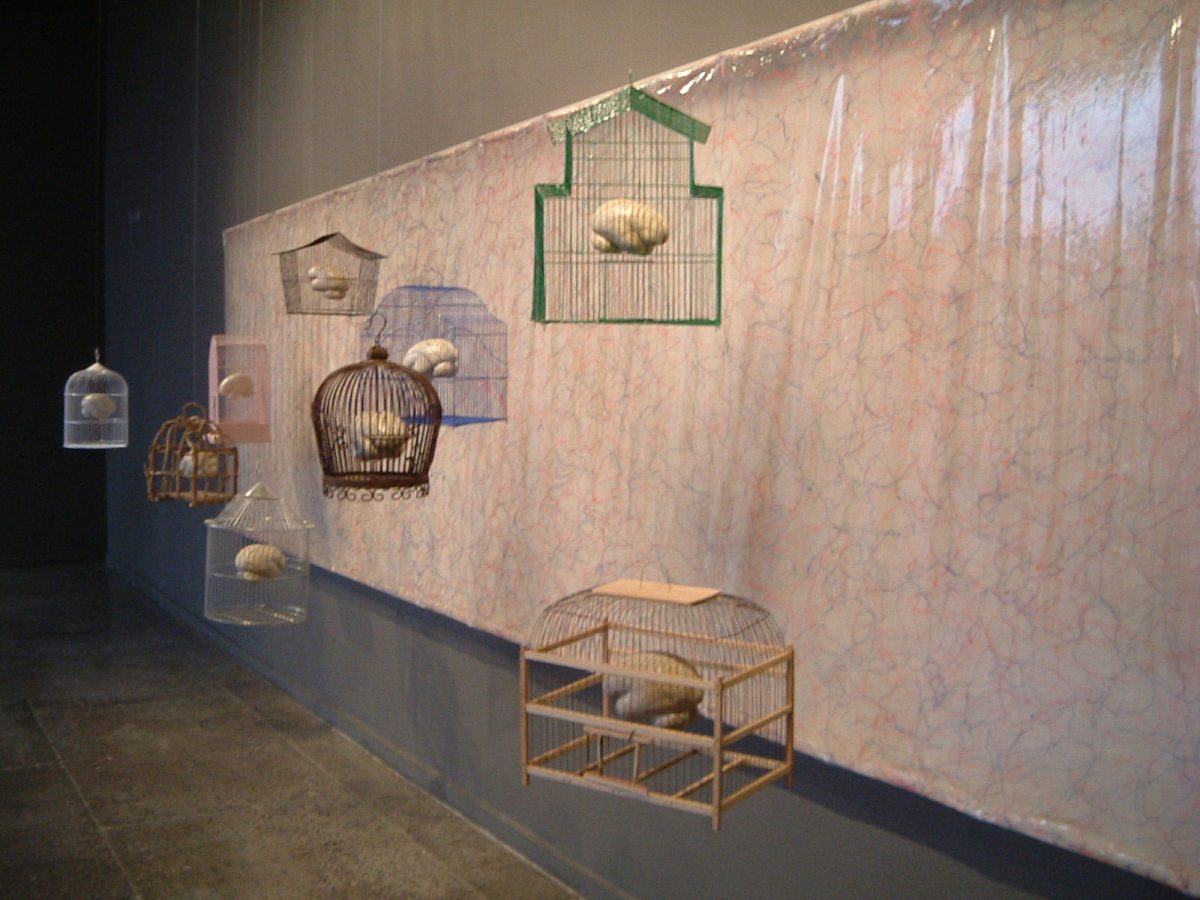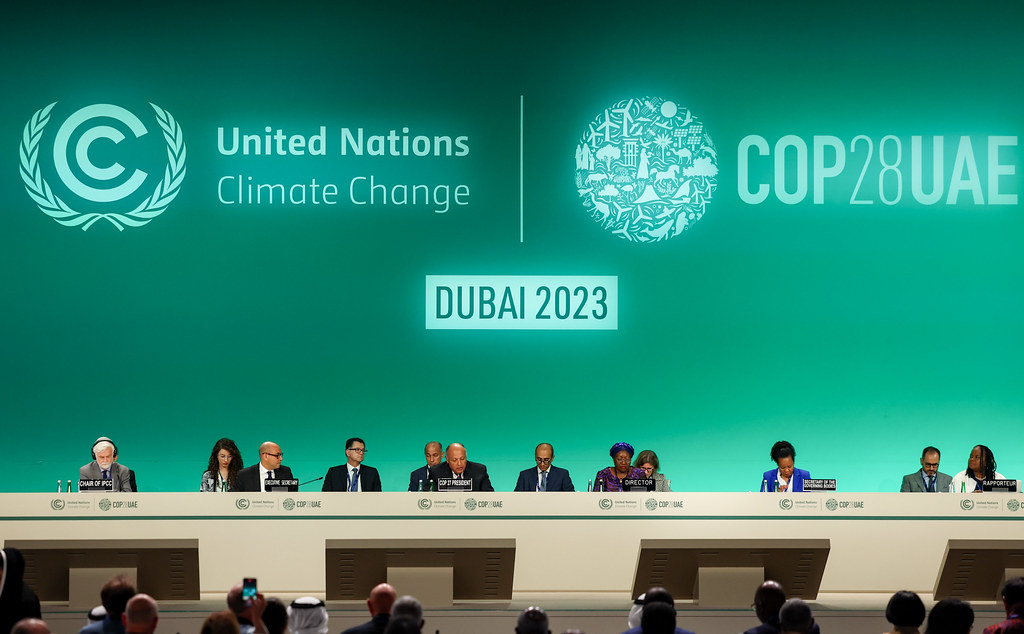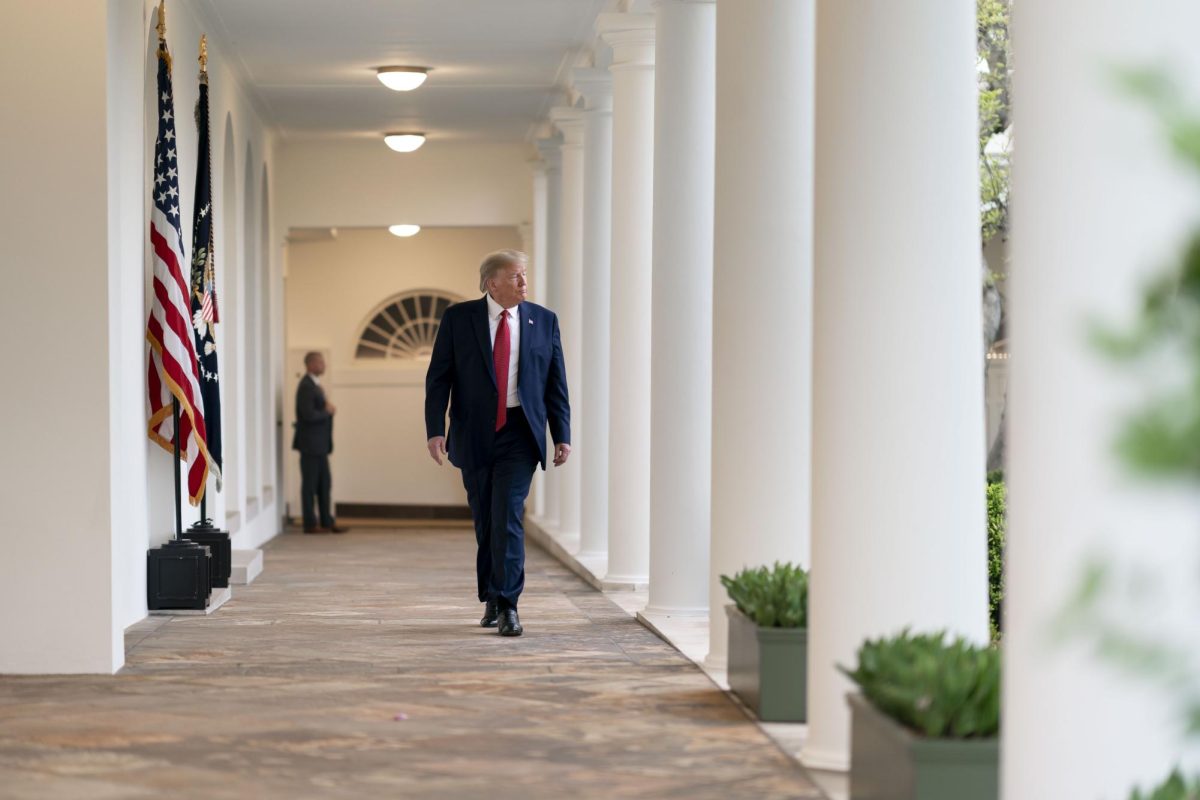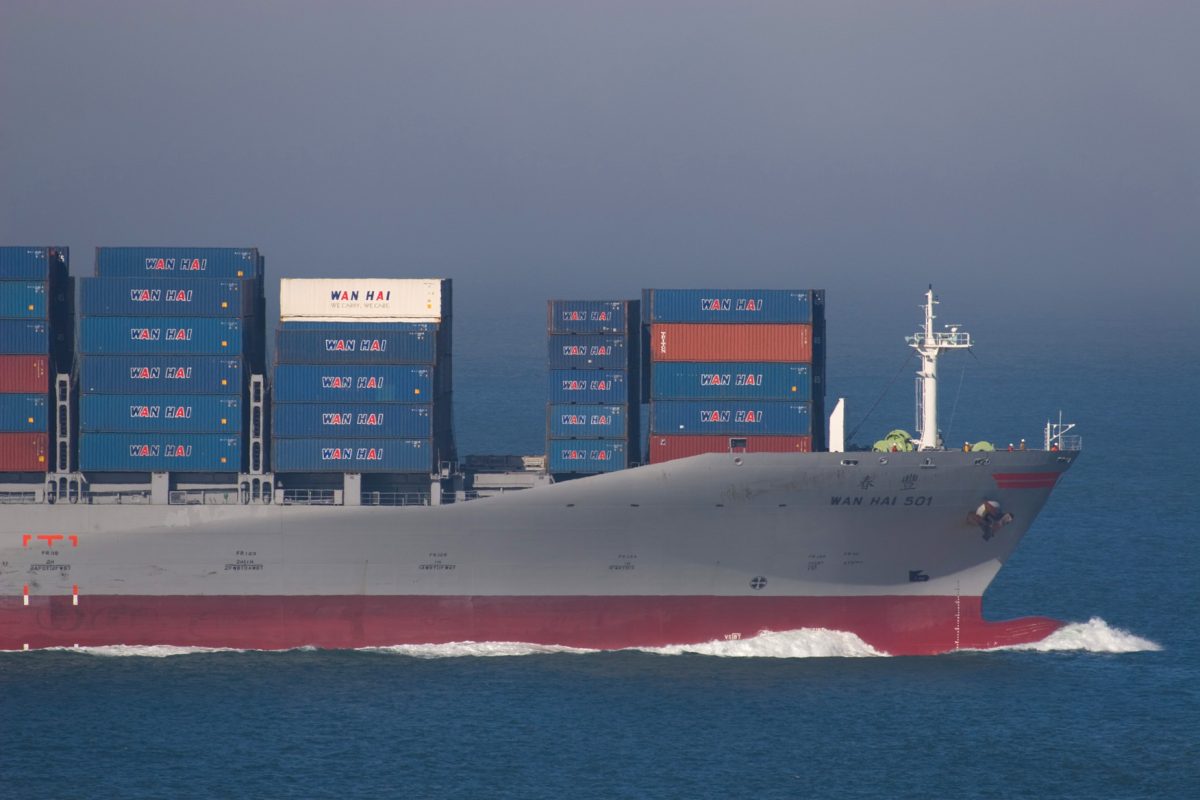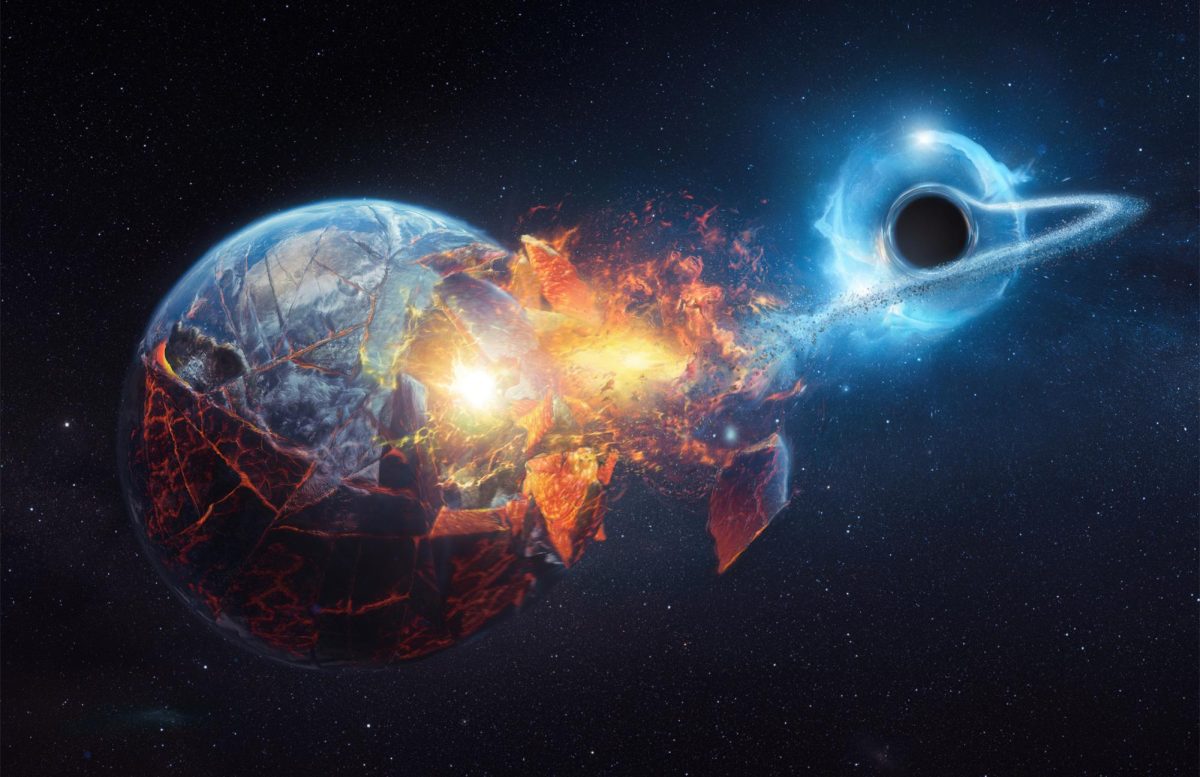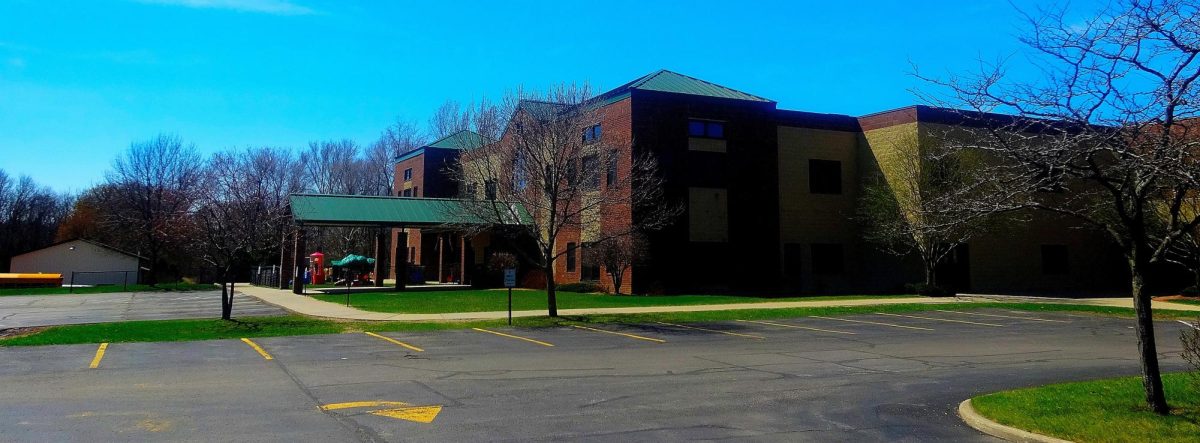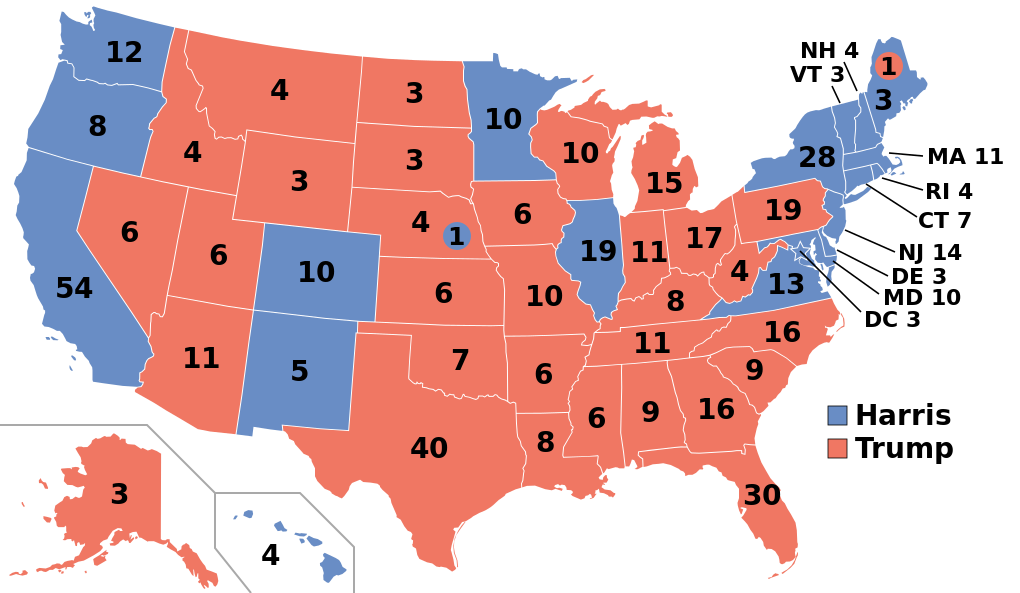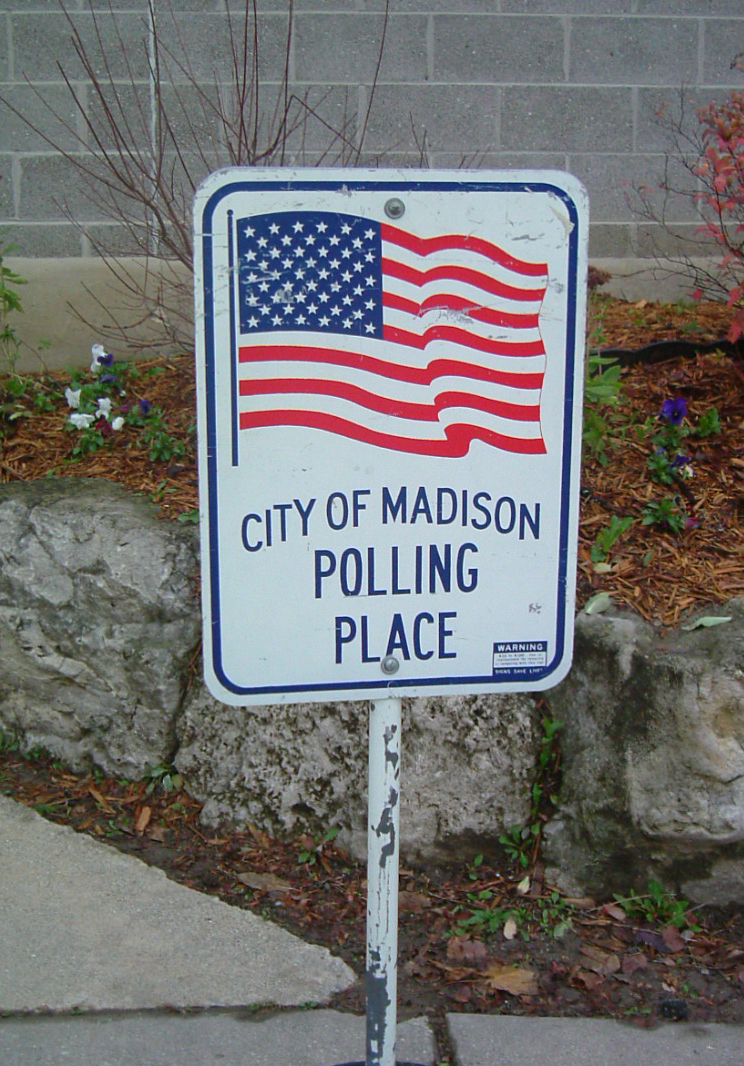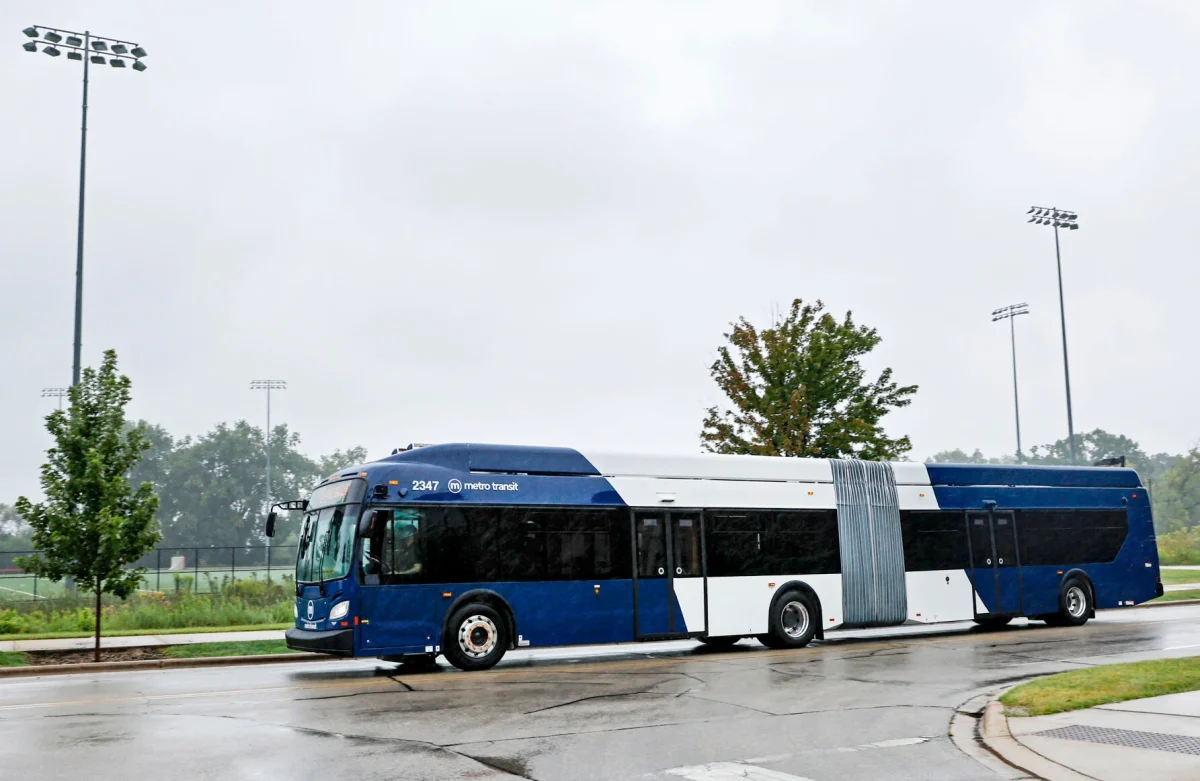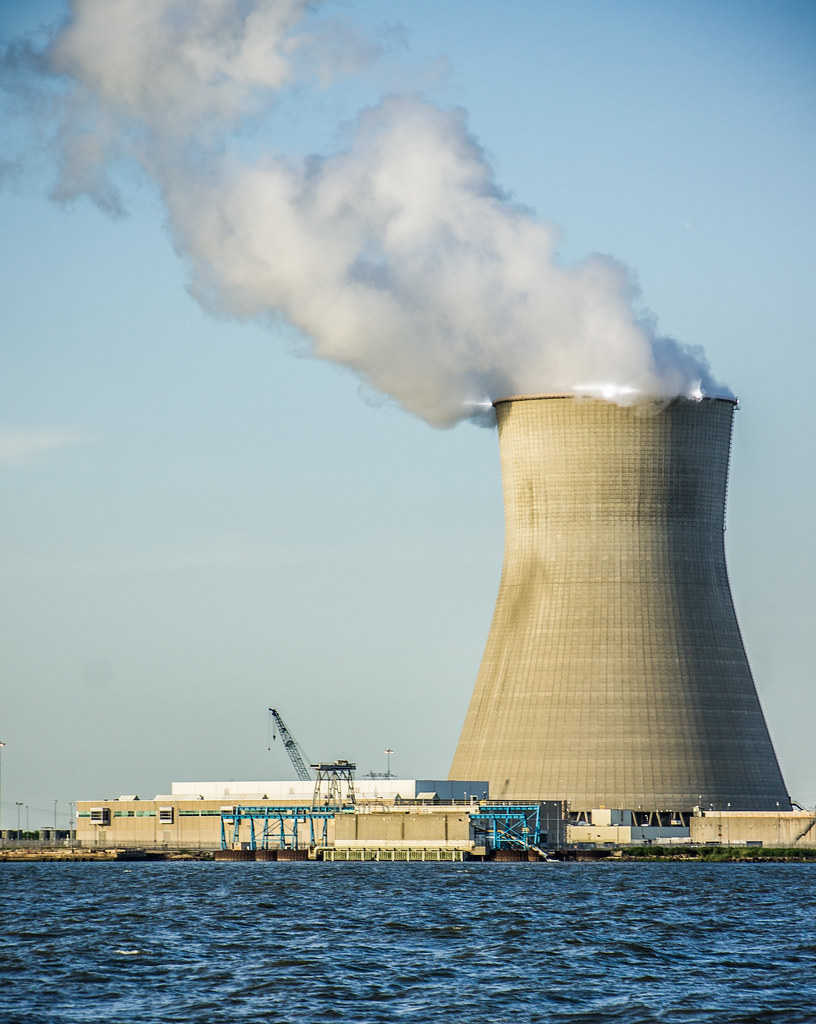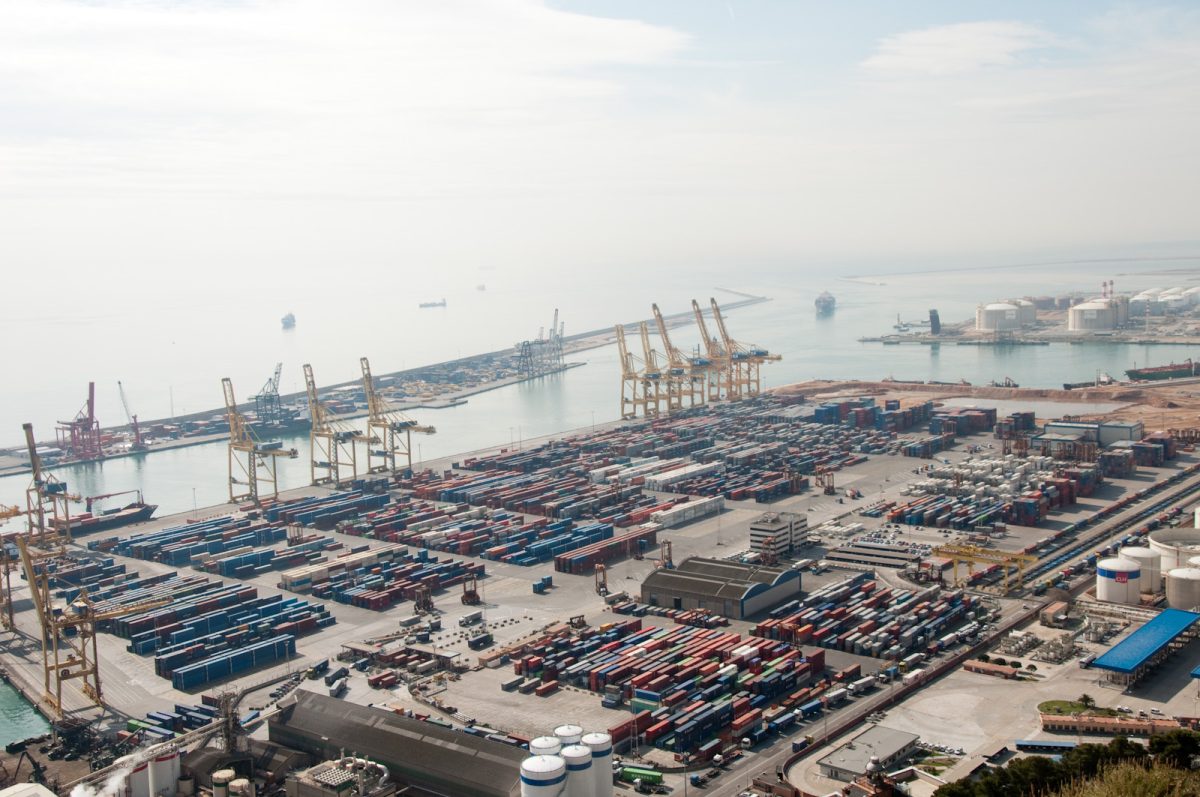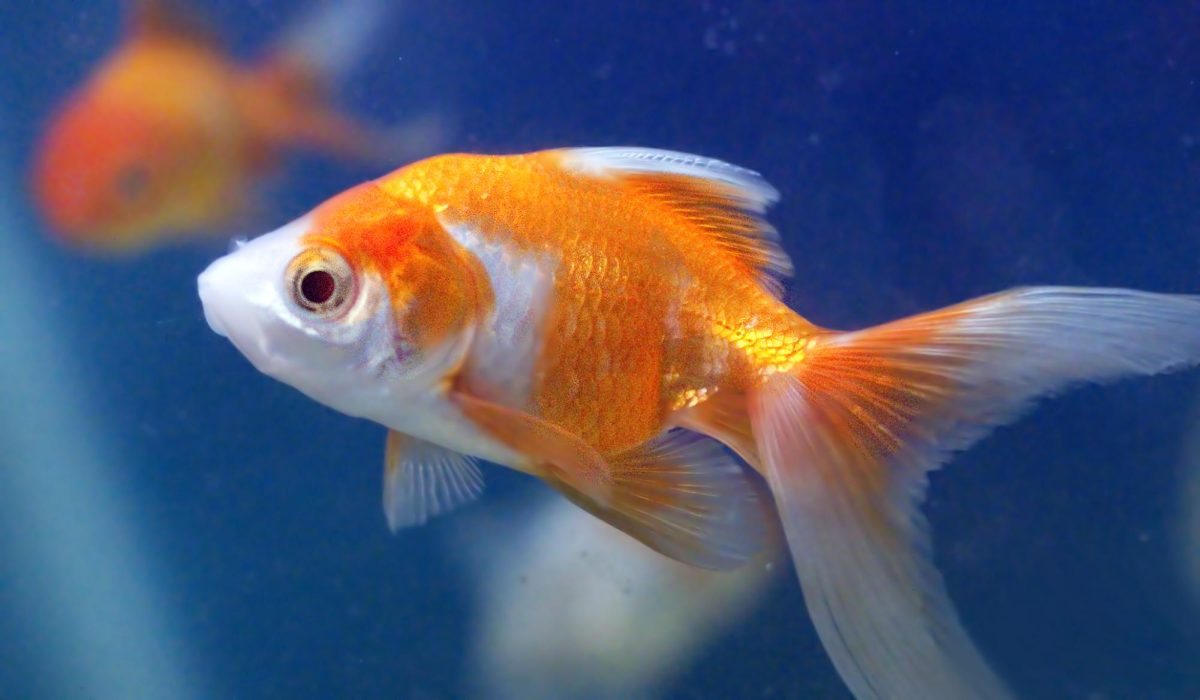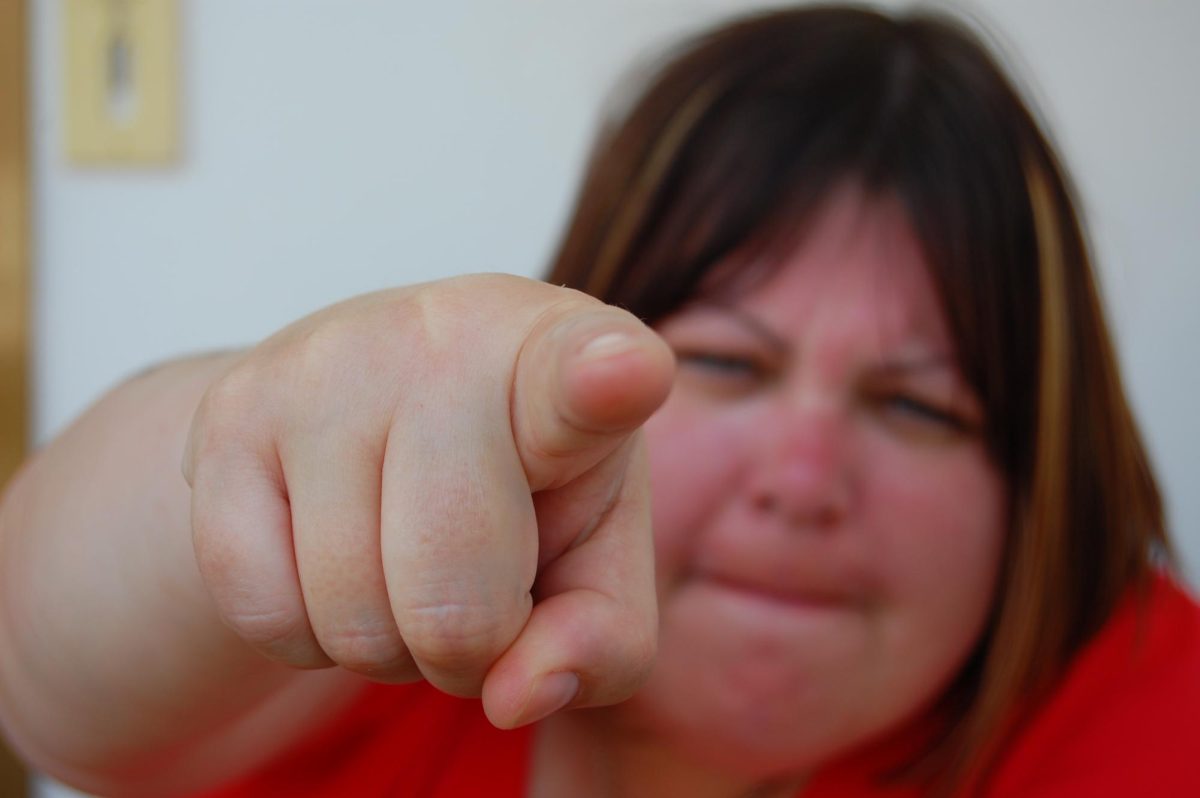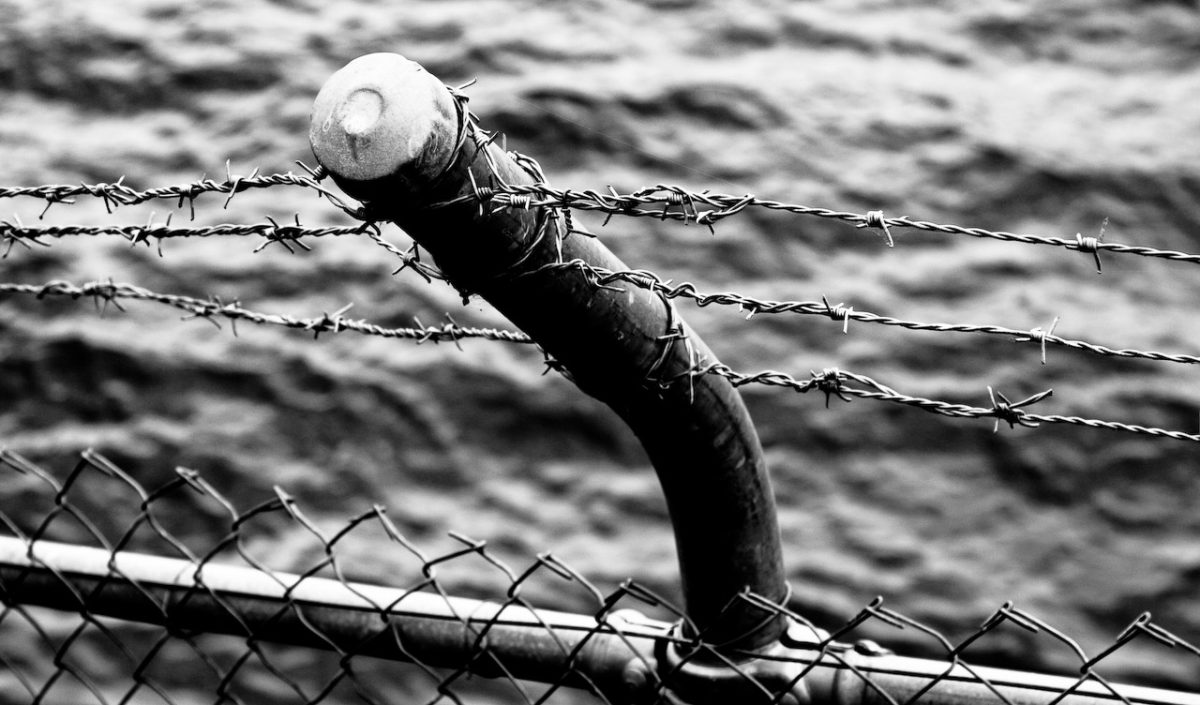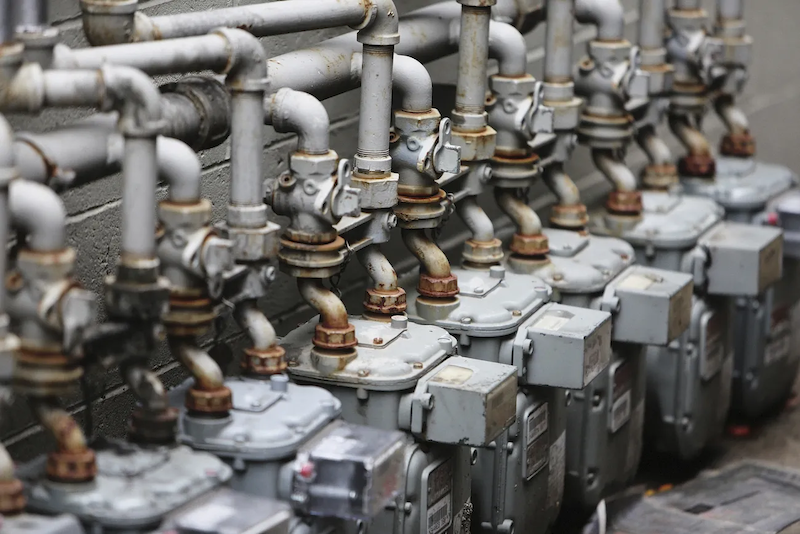The dangerous energy crisis facing the EU
October 16, 2022
Europe is once again preparing to battle an energy crisis, facing dangerous risks of gas shortages as Russia plans to halt all gas supplies to Europe this winter. This comes after suspicious leaks were discovered in the Nord Stream 1 and Nord Stream 2 underwater pipelines that carry gas from Russia to Germany across the Baltic Sea. While Russia has denied any responsibility for sabotaging the pipelines, leading to the shutdown of both routes, European leaders suspect Russia damaged them to pressure governments to lift sanctions against Russia amidst the Ukraine-Russia war and end Europe’s support for Ukraine. For years, Europe has relied heavily on cheap Russian gas imports, with Russia being responsible for 45% of the EU’s gas importation. By shutting down gas pipelines across the Baltic Sea, Russia is forcing Europe to either stop sending support to Ukraine or stop receiving gas from Russia.
Understanding the gravity of a total cut-off of gas supplies to Europe, the EU reached out to the US, Qatar, Norway, and Azerbaijan to acquire pipeline access. They are currently working on bringing up the total gas reserves to 90% of its capacity if Russia does initiate a complete gas supply cutback, in which case Europeans would have more energy to survive the winter. Additionally, EU energy ministers have also warned Europeans to take crucial measures like bringing down the thermostat and adjusting the boiler to reduce European gas consumption and the effects of a gas cut-off. These ministers have also stated that new energy-saving measures will be enforced in the coming months based on how Europe will hold in the winter.
While today, the circumstances revolve around a political situation, similarities exist between the gas cut-off now versus nearly two decades ago. When tensions rise between Ukraine and Russia, historically, gas disputes have occurred. The first serious dispute over gas was in 2005 over the price of gas and the cost of transport. In 2006, Russia cut off all gas supplies passing through Ukrainian territory. After an agreement was reached, supply was restored. The situation today is more heated, requiring the EU to acquire alternative pipeline access.
However, when analyzing the economic situation of the gas cut-off, Europe can work to substitute for lost Russian supplies without finding an alternative to gas. This is due to the EU increasing gas from Norway and Algeria, specifically. Though fears of a supply crunch exist, currently, there is hope for the EU to recover successfully.





